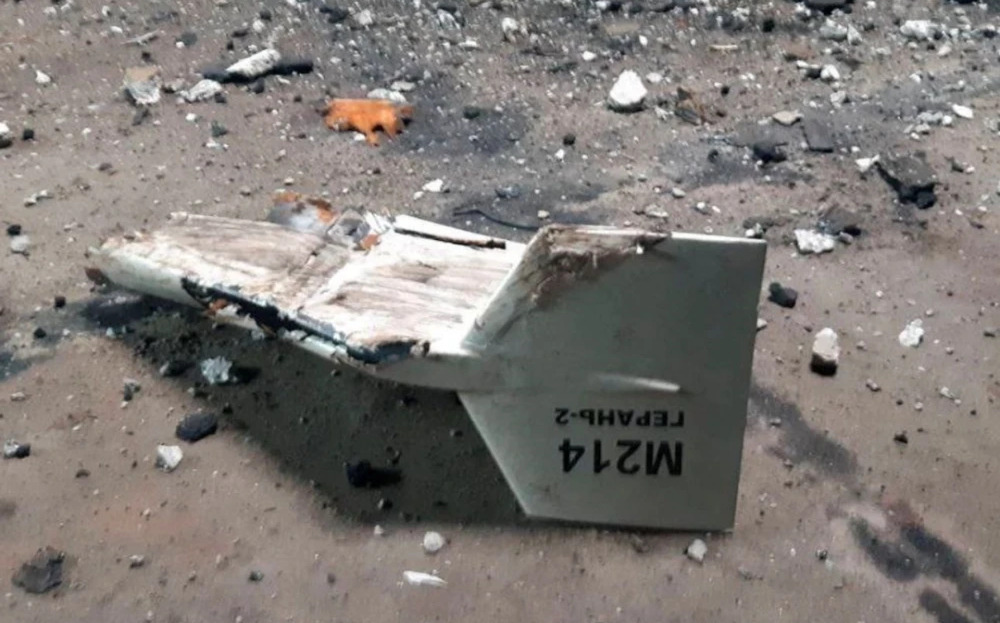[IB토마토 김수정 기자] Shinhan Bank is planning to reverse some of the bad credit reserves it has built up. This is an unusual move in a situation where the possibility of potential default is on the rise as the end of the crown’s financial support is imminent at the end of this month. Other banks weren’t as big as Shinhan Bank even if they accumulated more reserves or reversed them. Notably, Shinhan Bank has the largest default loan among commercial banks, as well as a large amount of small and medium-sized business (SME) loans.
According to Shinhan Bank on the 16th, the amount of bad credit reserves at the end of the first half of this year was 2.56 trillion won, an increase of about 300 billion won from 2,276.2 trillion won. won at the end of the previous year. However, this will soon be reduced. This is because he decided to reverse KRW 86.8 billion into 1H. If there is no additional deposit or write-off, the bad debt reserve balance will decrease to KRW 2.473 trillion after accounting for the disposal of retained earnings early next year.
Woori Bank and KB Kookmin Bank also had their bad credit reserves written off, but the amount was around KRW 40 billion, less than Shinhan Bank’s. As Shinhan Bank has braced itself for potential insolvency by accumulating multiple provisions, this reserve transfer is unusual. The expected transfer of bad credit reserves was 234.1 billion won in 2019 and 80.6 billion won in 2020.
The bad debt provision is accumulated when the bad debt provision is lower than the bad debt provision envisaged by banking supervisory regulations. If the previously accumulated bad debt reserve exceeds the amount that must be accumulated on the settlement date, the amount can be reversed. It was felt that the signs of insolvency had disappeared and there was no need to accumulate additional provisions because they had already accumulated a large amount of provisions.
Up until the third quarter of last year, Shinhan Bank had planned to accumulate approximately 240 billion won as a bad debt reserve. It even got board approval in February of the following year, but the authorities were unable to make a soft landing for the crown’s financial aid. At the time there was also an order from the authorities to institute the measure in a conservative way. As a result, Shinhan Bank added 84 billion won in bad credit reserves just before the ordinary shareholders’ meeting. Shinhan Bank confirmed the final amount of 283.6 billion won and accounted for it by subtracting it from retained earnings in March.
The absence of particular signs of insolvency was also a reason for the cancellation of the provisions. The ratio of substandard loans to lower loans at Shinhan Bank decreased slightly from 0.27% at the end of the previous year to 0.26%. The amount of bad debts has also steadily decreased from 1 trillion won in 2020 to 83 billion won in 2021 and 8121 billion won in the first half of this year.
However, Shinhan Bank is very likely to create additional reserves in the second half of the year as it presents a high risk of “potential default” due to the large number of SME loans among commercial banks. The fact that the authorities have entered into a “special reserve for bad debt” card also supports this.
Shinhan Bank (123 trillion won) is the second largest lender to SMEs after KB Kookmin Bank (131 trillion won). According to Shinhan Bank’s estimate of the average PD (default rate) for each portfolio, if the average PD of loans to large companies is 0.60%, the risk of default is quite high for SMEs, equal to 1, 89%.
Furthermore, looking at the management report presented by Shinhan Bank in the first half of this year, the current amount of defaulted loans and debt securities stood at 1.17 trillion won, an increase from 745.5 billion won. won in the previous reporting period. This is because there was a new default of 350.1 billion W. In terms of default exposure alone, Shinhan Bank was the largest of the four major commercial banks.
The growing voice of authorities to prepare for uncertainty by increasing loss-absorbing capacity also increases the possibility of increasing reserves. Indeed, the FSC plans to prepare an institutional basis for requiring the accumulation of a special reserve for bad debts.
Whether Shinhan Bank accumulates more bad credit reserves in the second half of the year depends on Corona financial support, which is about to run out at the end of September. Experts believe banks’ soundness indicators will decline after the loan maturity extension ends. It is stressed that the improvement in health indicators could also be an optical illusion due to the financial support of the crown. Park Seon-ji, senior researcher with Financial Ratings Division 1 of the Financial Ratings Division of Nice Credit Ratings, said: “The extension of the maturity of loans to small businesses and SMEs in the banking sector and the end of deferred payment of capital and interest will broaden the scope of the insolvency hidden by financial backing during the Crown crisis, which could negatively impact the soundness of banking assets. This is high, “he explained.
Shinhan Bank Officer “The reversal happened because we had built up a lot of reserves from the impact of the corona virus,” he said.
–
Reporter Kim Soo-jung [email protected]
Ⓒ Delicious News Tomato, reprinted without permission – redistribution prohibited
![[IB토마토]Shinhan Bank reverses reserves despite fears of potential default … is that okay? [IB토마토]Shinhan Bank reverses reserves despite fears of potential default … is that okay?](https://image.newstomato.com/newsimg/2022/9/20/1147549/attach.jpg)

